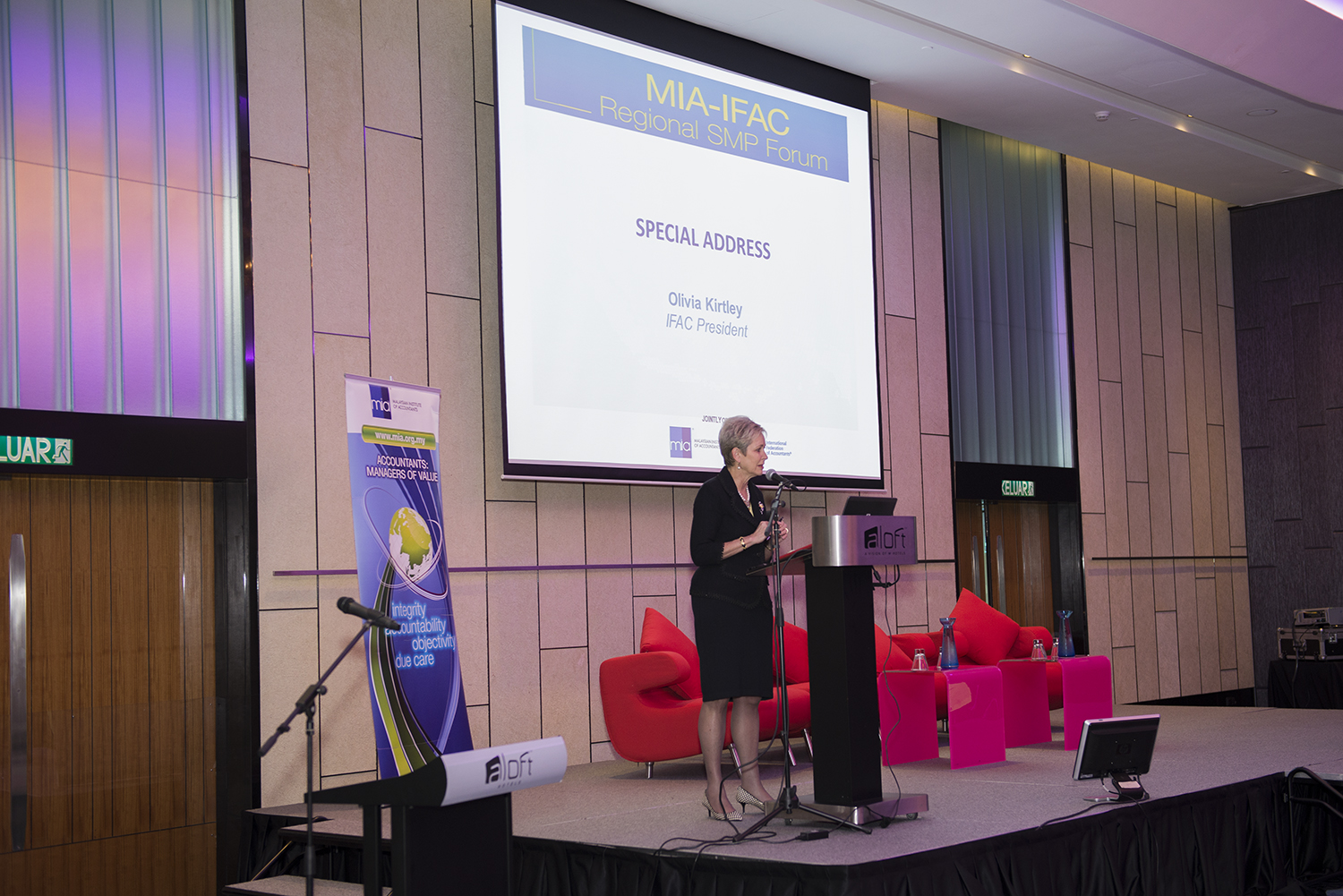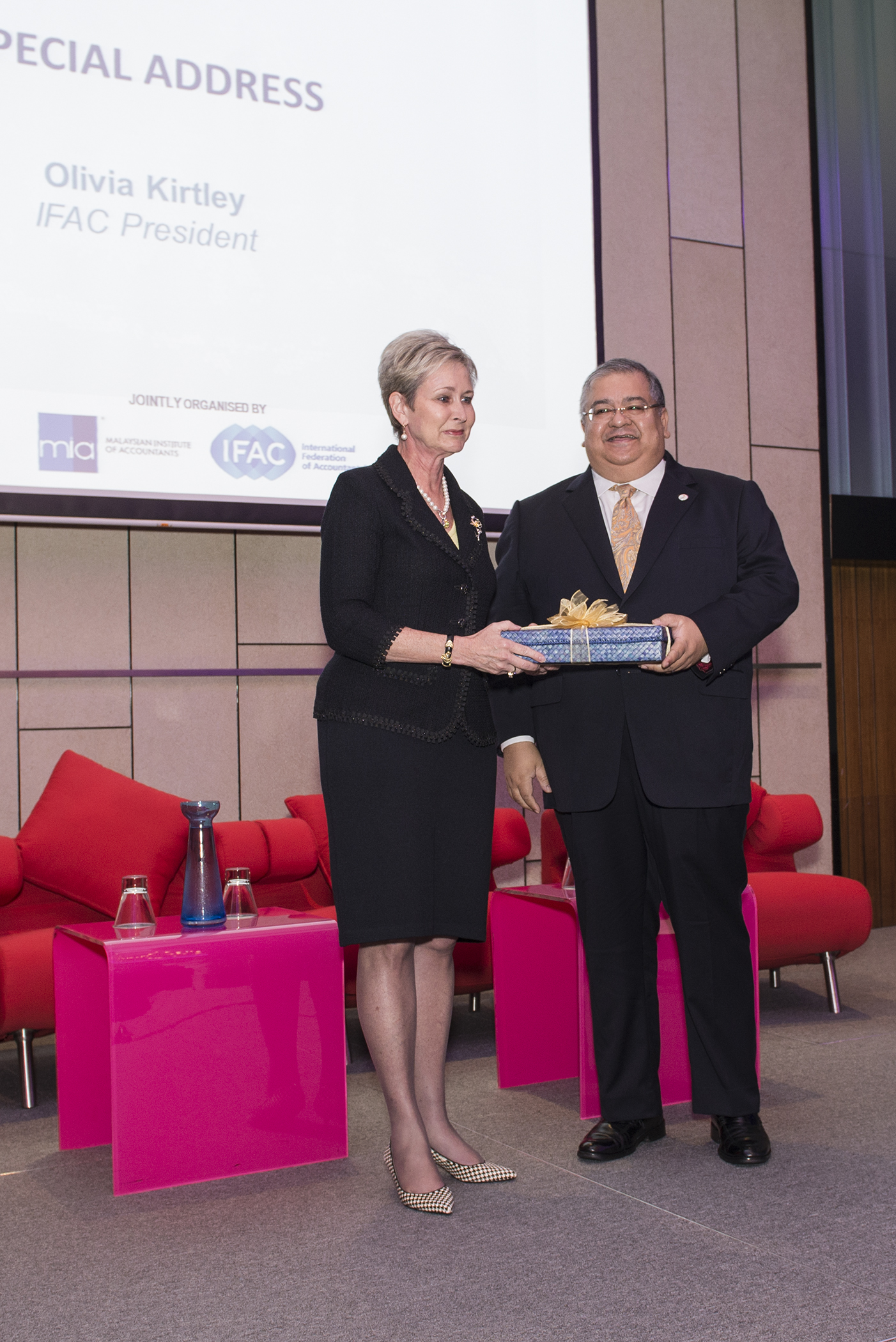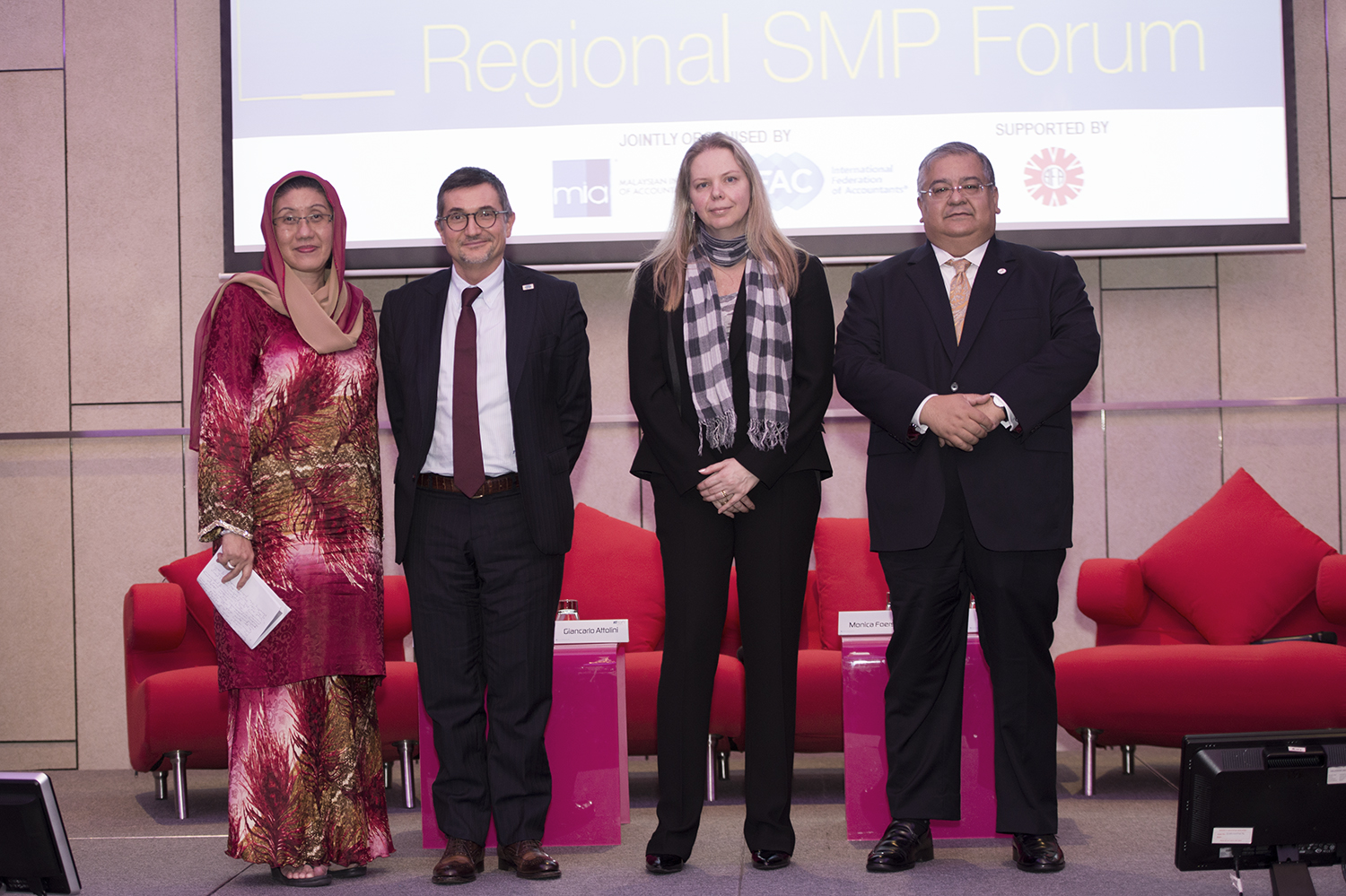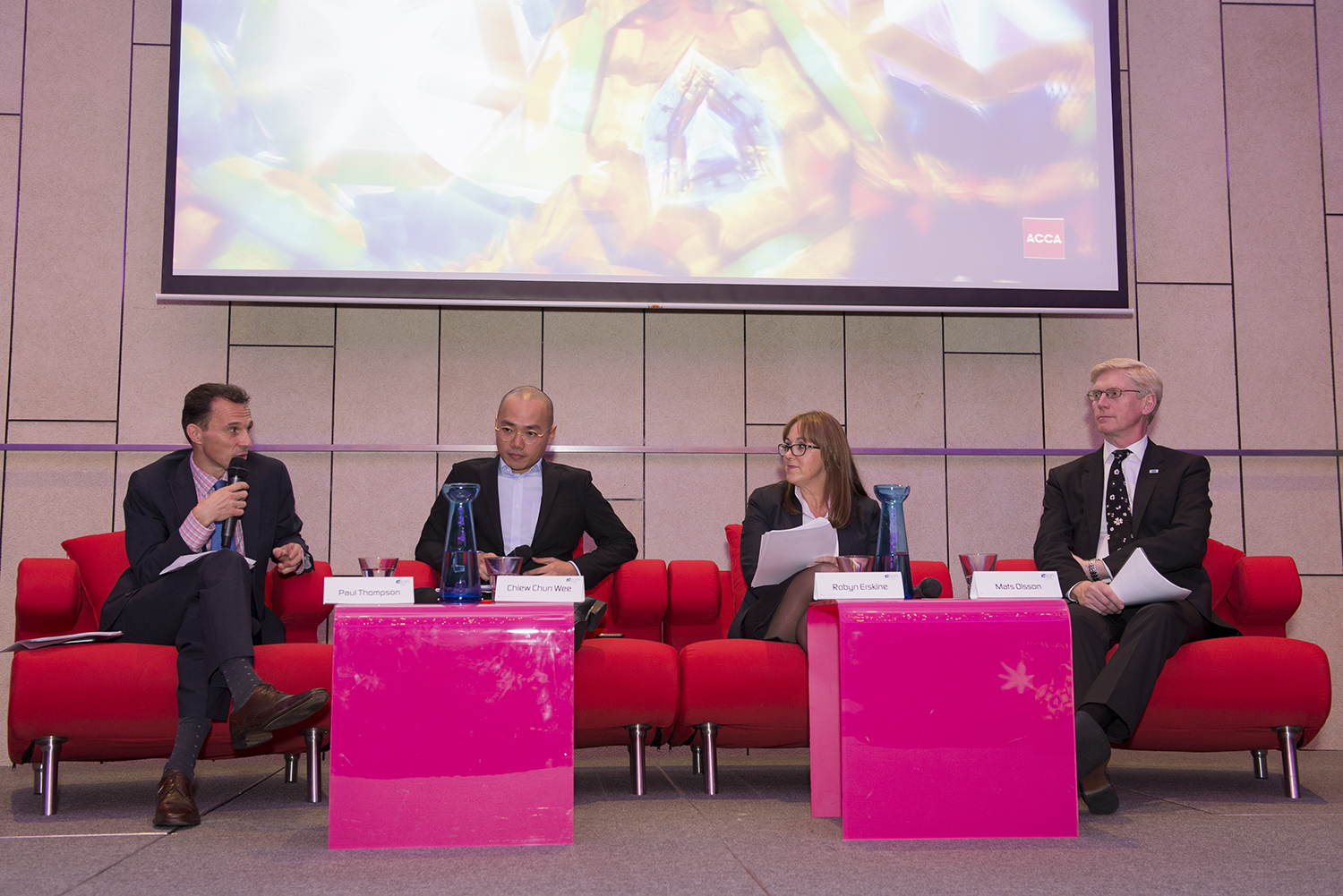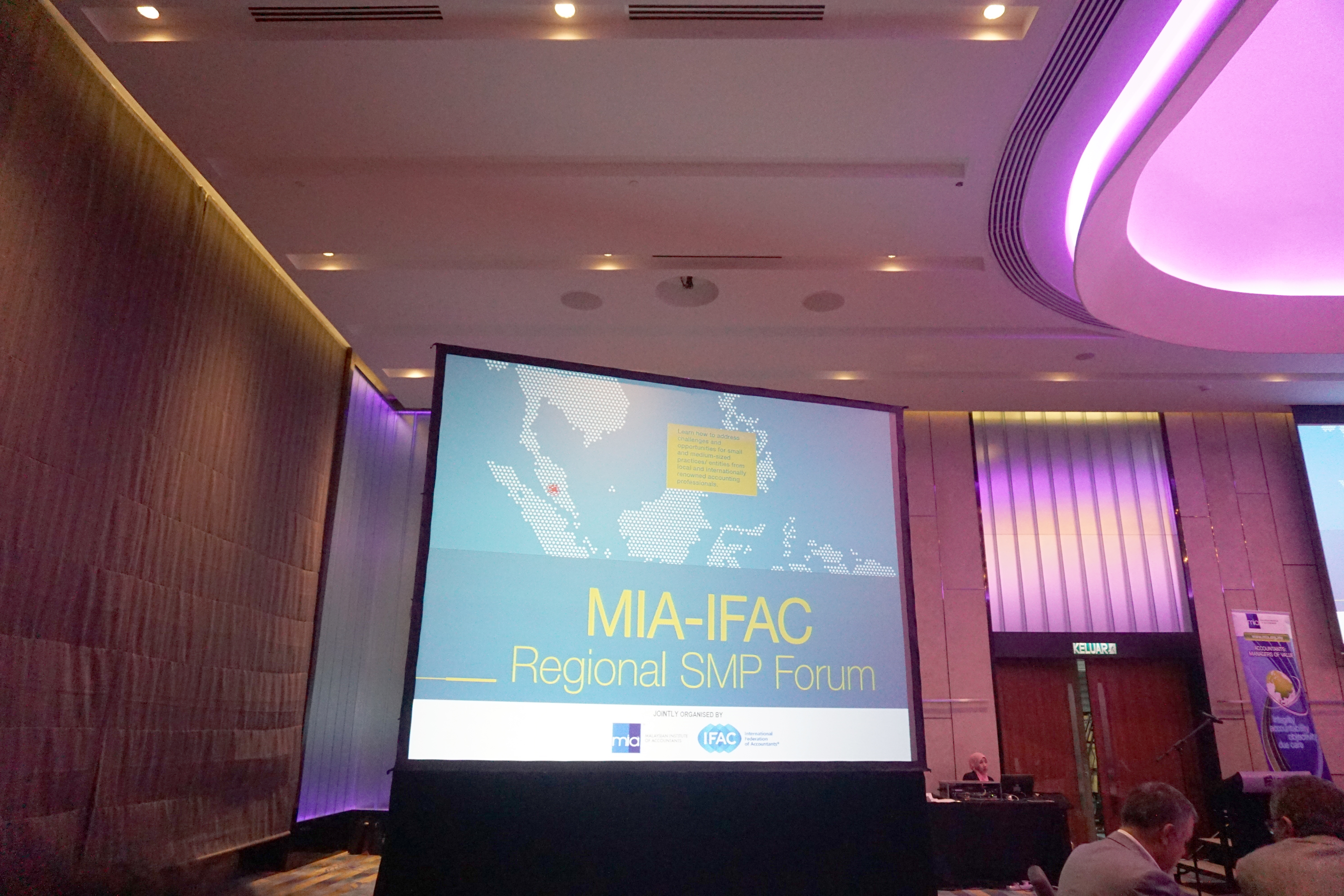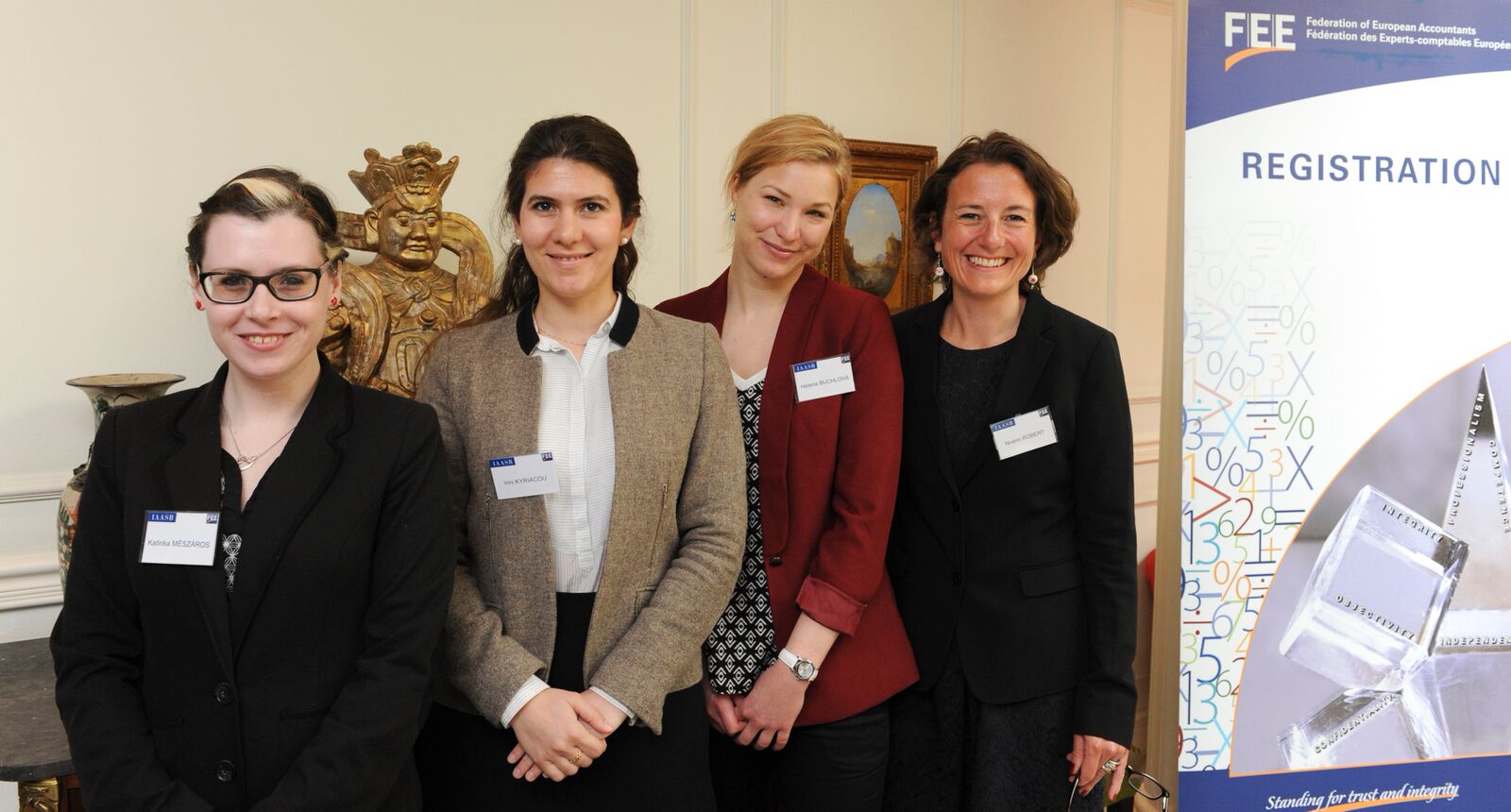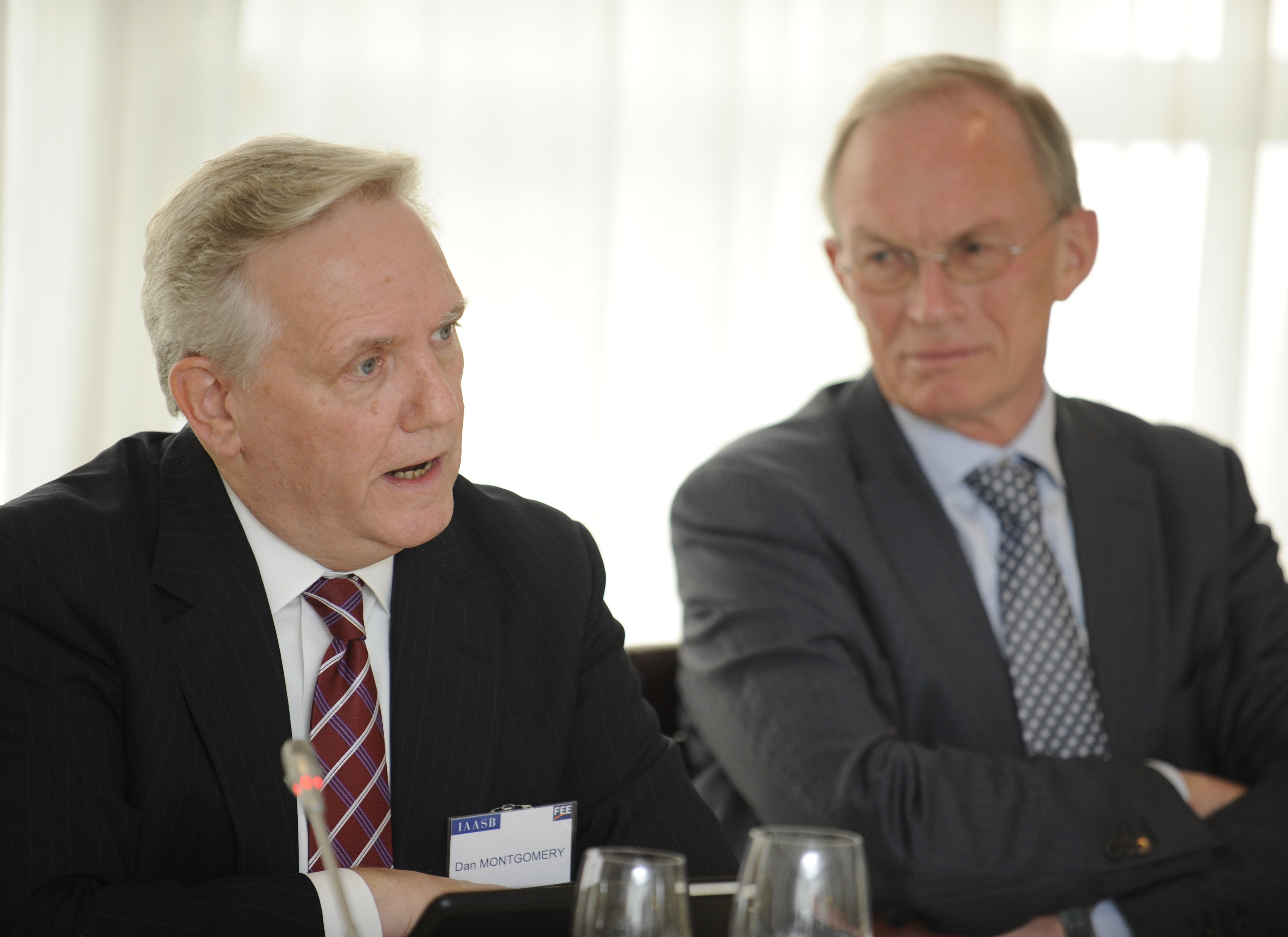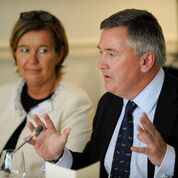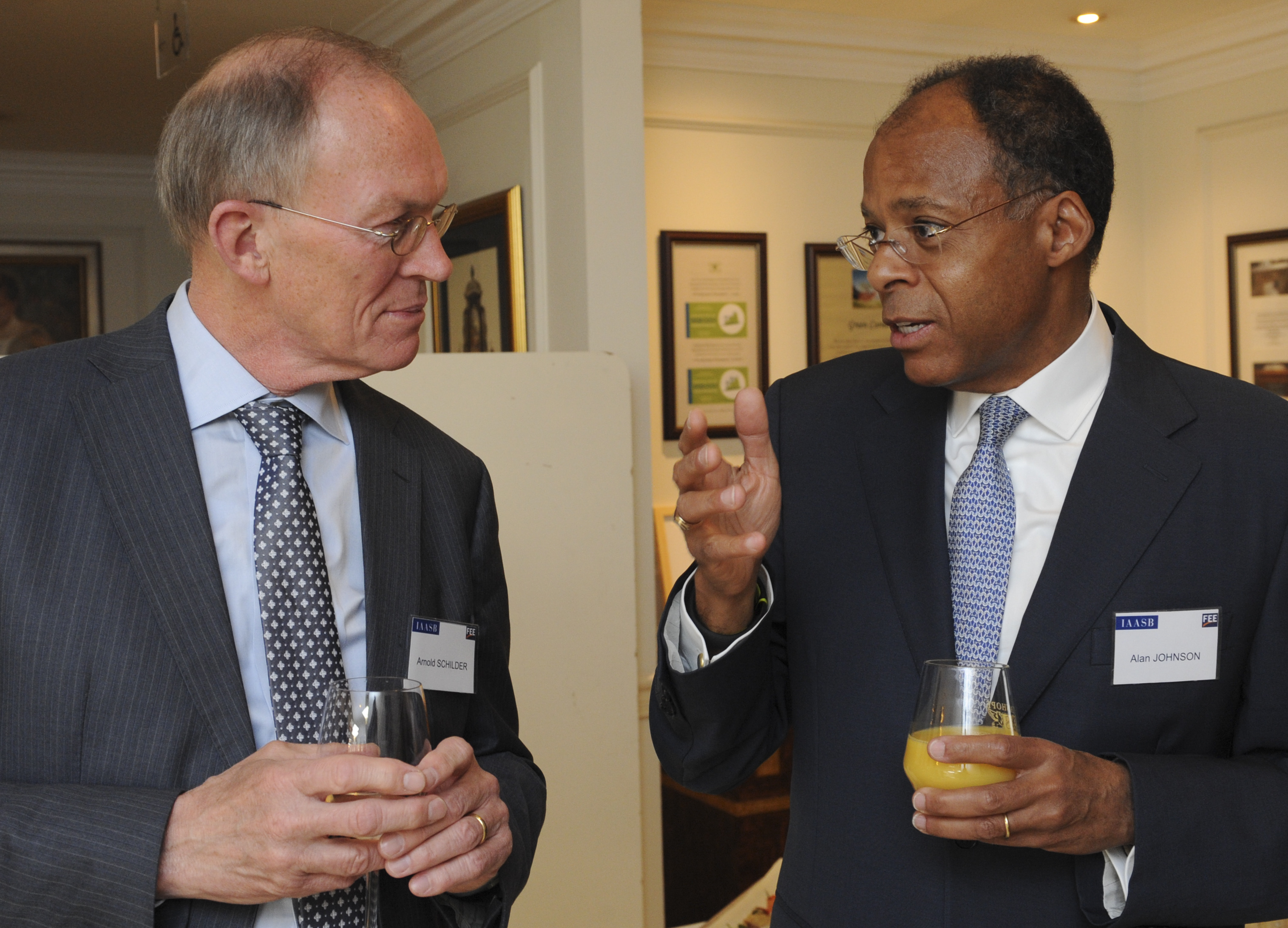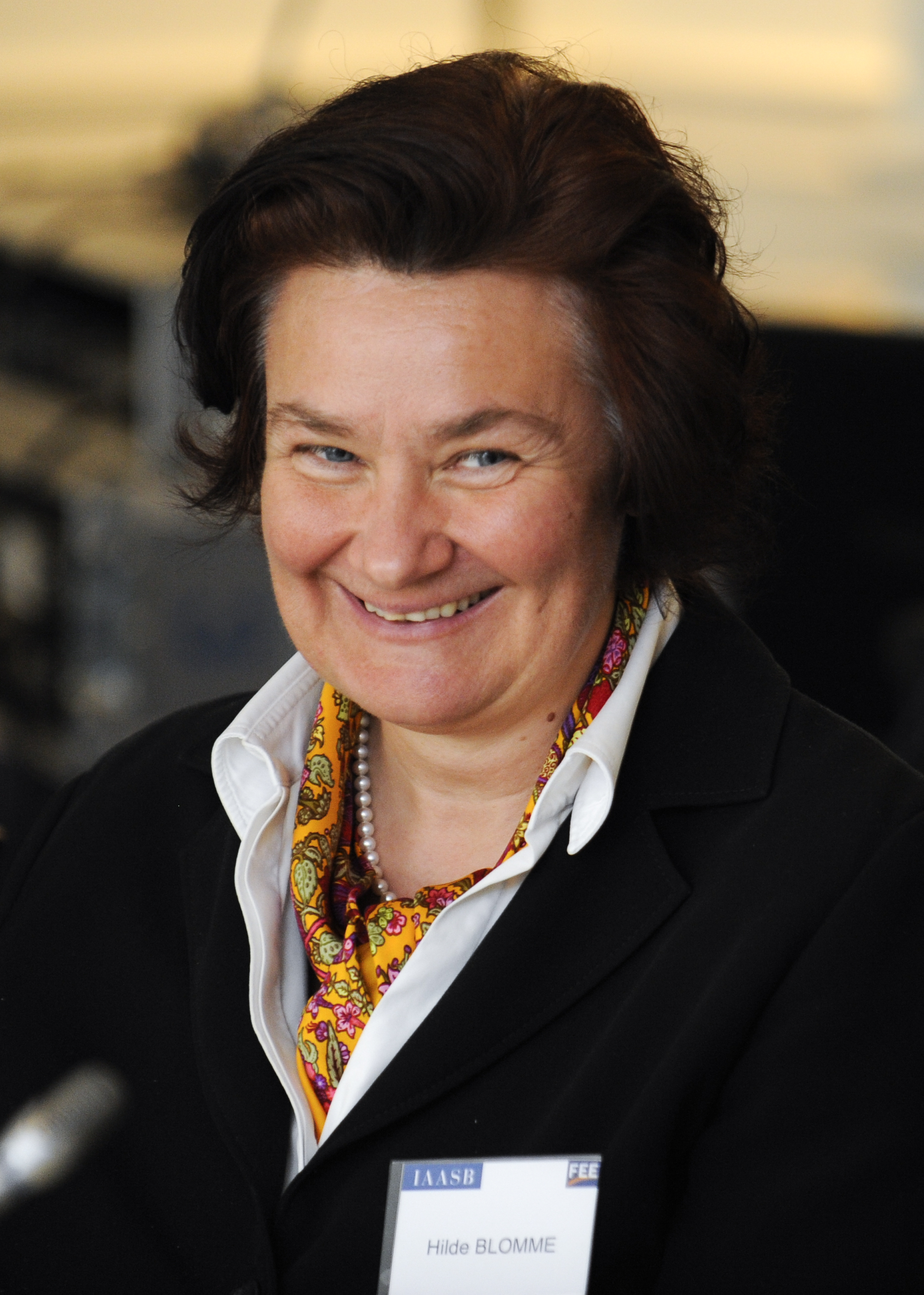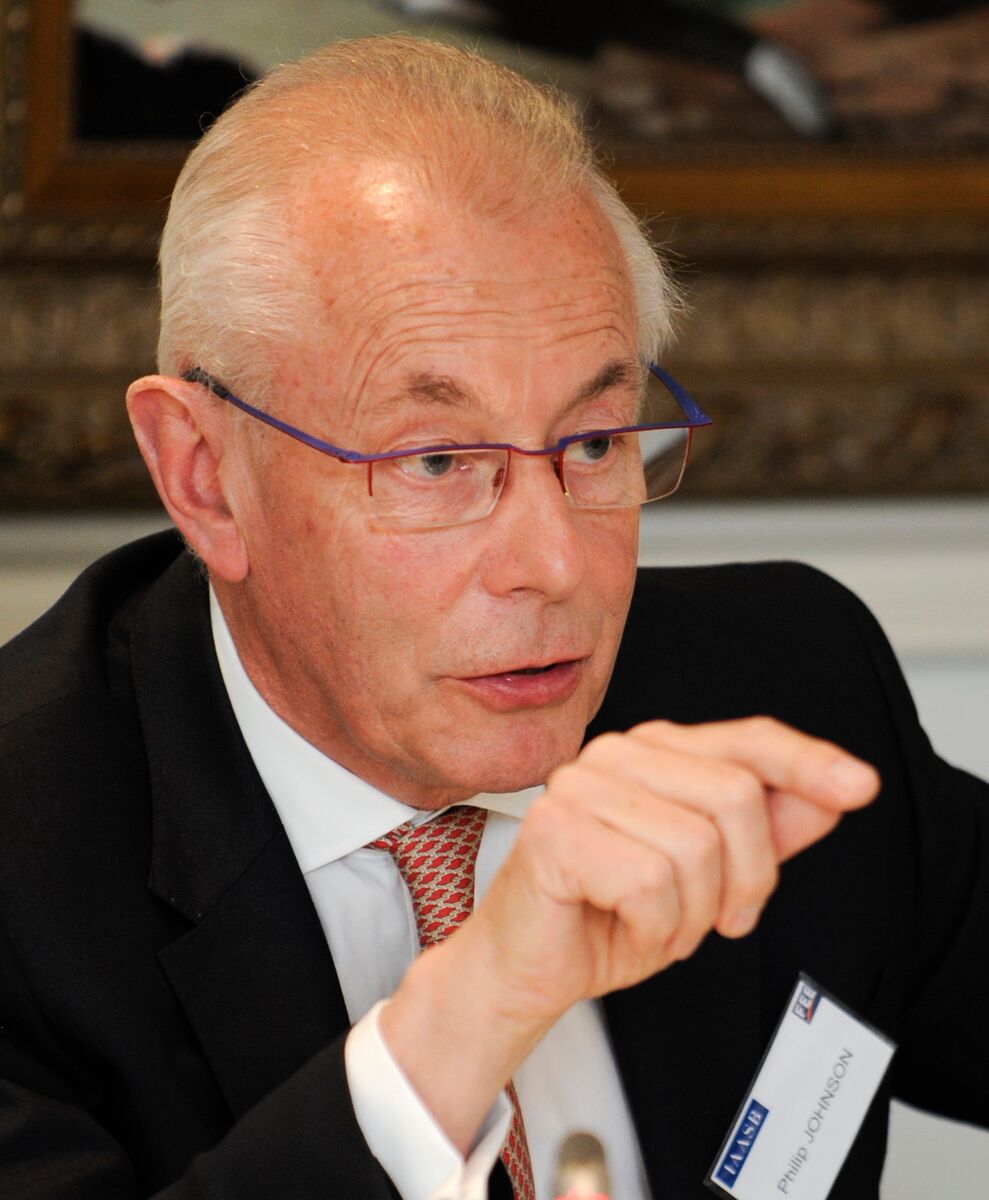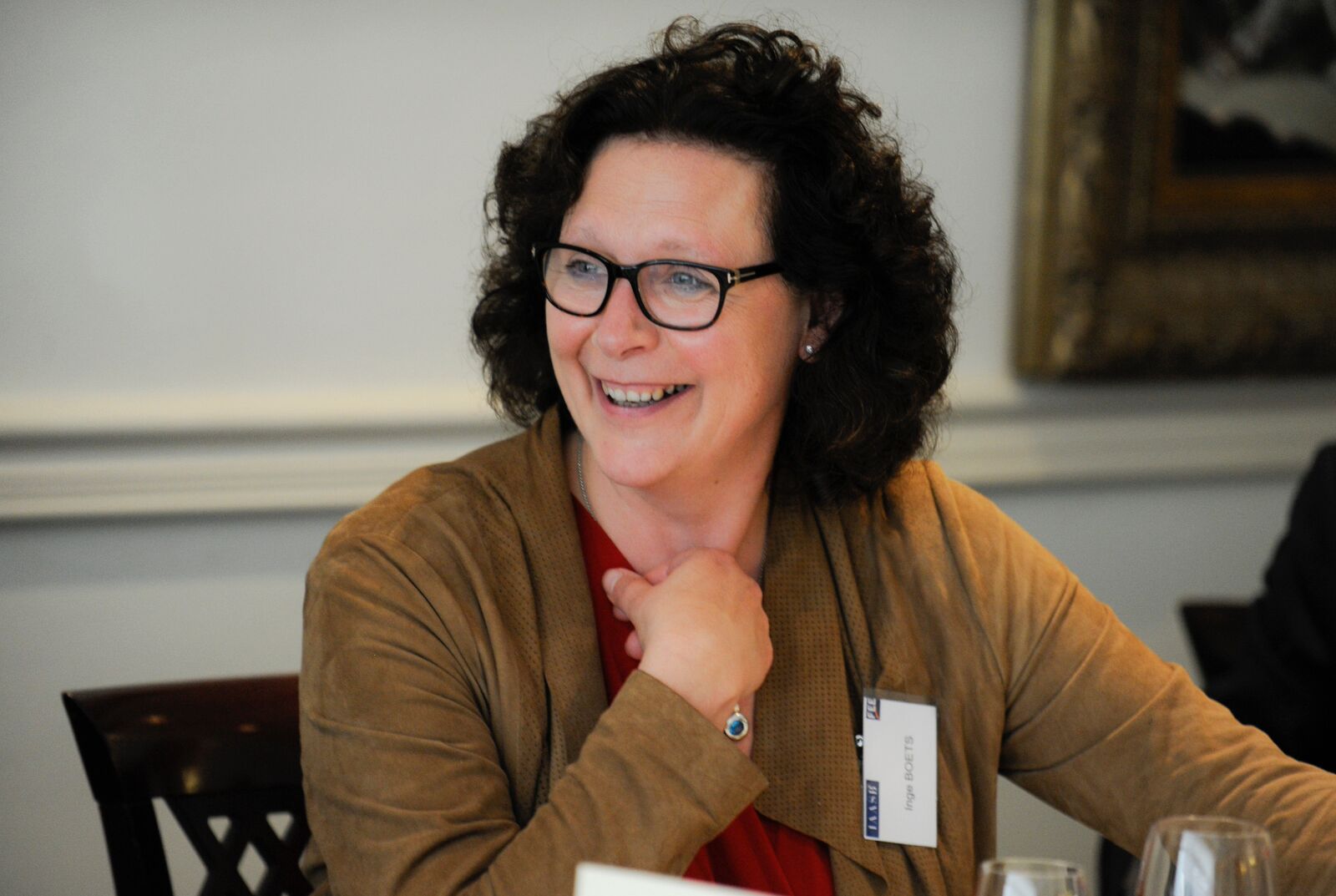Prof. Arnold Schilder
Thank you kindly for the honor and privilege to give the first Tony Dale Memorial lecture today.
I have structured my remarks around three impressive quotes from Tony. They are taken from his speech to the prizewinners of the School of Accounting and Commercial Law at Victoria University, Wellington, held in March 2015, a month before his sudden passing. Basically, Tony urges us in three different ways to do whatever we can to contribute to the future relevancy of accountancy.
Firstly: “Think – clearly and analytically”
Tony explained to his young, talented audience that he had done Honours at Victoria University. That, he said, stretched his mind. It taught him to think. That impressed me, because thinking is a key feature of standard setting. Standard setting is a vocation, not a commercial undertaking. It is why people like Tony are willing to give so much of their precious time to it– often on a volunteer basis. And standards can only be of high quality, and capable of global acceptance, if they result from clear thinking.
But – standard setting is not there for the fun of thinking itself. It is there to stimulate sound thinking by the profession. Take the IASB’s accounting standard IFRS 9 as an example: how to handle credit losses that may be expected in the future? Or the International Ethics Board’s so-called NOCLAR project: how to act as an accountant if you are confronted with an illegal act? Or the IAASB’s auditing standard ISA 540: how to gather and evaluate evidence dealing with complex judgments about future cash flows in assessing the valuation of goodwill?
You will have noticed the common link in these examples. They are all about judgments amidst of uncertainties about the future. You don’t know the reality about the future until it has become a past. Credit losses still have to materialize; illegal acts still have to be proven; cash flows still have to come. But your professional challenge is to judge now. That is your public interest mandate: as Tony said, to think, clearly and analytically, on behalf of those who will be that future -- the children and grandchildren around the globe. That is why Tony had a passion for leading and mentoring many young people, Scouts in particular. Just think of that interesting analogy: are accountants scouts indeed? Pathfinders, attracted by the uncertainty how and where to go?
That brings me to a core feature of the IAASB’s standard setting: the Clarified ISAs. They were just finished by my predecessor, John Kellas and his team, when I took over the chair in 2009. New Zealand was a very early -- maybe even the first -- adopter of these revamped international auditing standards. But that is not a surprise if a Tony Dale is around. What was the key objective of this Clarity exercise? In one word: to stimulate ‘a thinking audit’. An audit that asks thorough questions, that challenges assumptions, that does not take anything for granted. Such thinking had been evidently missed in financial scandals like Enron, WorldCom, etc., in the beginning of this century. We are very pleased that now 110 jurisdictions around the globe have committed to using these standards.
What are key areas of complexity and related uncertainty that these enhanced ISAs address? To name a few: accounting estimates and fair values; group audits; related parties; risk assessment and evidence gathering; materiality; scalability for smaller audits; communications with those charged with governance; and above all, the application of professional judgment.
This illustrates an interesting aspect of uncertainty in accounting and auditing. It is uncertainty about what others are telling you. From the perspective of a user of financial statements: can I trust this information, rely on this financial reporting? From an auditor’s perspective: can I trust the underlying assumptions, judgments and evidence provided? From an audit regulator’s perspective: can I trust the veracity of the process and results – are they robust enough, and evident from what I observe?
Indeed, in Tony’s words, we have to stretch our minds to find appropriate answers. Should we do that in isolation? Each party by itself? It is a rhetorical question. Obviously, you need others to help, to provide information, to question and challenge. This is why the IAASB has emphasized the importance of Interactions in its Framework for Audit Quality. Of course the auditor holds primary responsibility for achieving audit quality – but other stakeholders can contribute much by supporting a robust audit, and also by engaging and challenging.
So, ‘thinking’ in a standard setting context is not thinking in isolation – it is about engaging in critical dialogue with many around the world. We call that ‘due process in the public interest’. That sounds a bit dull. So let me quote Kevin Simpkins – sadly, another Great man that we have also recently lost – from his Tribute at Tony’s funeral: “Tony lived and breathed the public interest – he knew nothing else. He also cared deeply about people.” That says it all. In standard setting, we want to live a great duty of care – to people. If not – there is no future relevancy.
I hope this has set the scene for another quote from Tony. Be prepared, usually accountants do not use such strong words...
“In that instant, I knew exactly what I wanted to do – revolutionize the world of government. “
Wow. A revolution? By an accountant? And a successful one? Yes, the New Zealand Government was the first to adopt the so-called accrual accounting – thereby changing the way in which politicians make fiscal and policy decisions, as Tony explained to his young audience.
Try to imagine that moment. There is this guy – he is telling you to do nothing less than to revolutionize. And that in the world of accounting? A bit later Tony confessed: “I still don’t know how to do ‘real accounting’ – but don’t tell my Board!”
This is the moment that I have to speak about the revolution in auditor reporting. The IAASB has agreed in 2014 to new and revised auditor reporting standards. Effective, simply said, for 2016 audits. But it is fascinating that we see more and more early birds: In the United Kingdom, where the Financial Reporting Council introduced this already a few years ago; in the Netherlands, stimulated by a strongly engaged Finance minister and Parliament; in South Africa, where the national standard setter IRBA needed to hurry up as auditors wanted to start as soon as possible; in Poland, where the law still has to come – but some auditors could not wait. And, of course, more nearby in Australia.
Only a few years ago IAASB member Merran Kelsall and I were grilled in public seminars – how ridiculous could we be with these plans? And now – early birds there as well. And in recent visits to Tokyo and Moscow – where I was warned for skeptical audiences- this revolution was received with surprising warmth.
Why is that? Why are auditors almost voluntarily agreeing to tell much more to shareholders than in the past, with the support of CFOs and audit committees? Because that is the new feature: ‘key audit matters’. In the past, the only thing you would read from the auditor was the ‘audit opinion’: a one- liner that tells you whether the financial statements are OK or not.
Important? Yes, said users to us. But they added a question with some urgency: Why don’t auditors share more? They know so much through the audit, they talk with everybody in the company… but we, the owners and other stakeholders, hear nothing – except that valued overall opinion.
Well, they had a point. So now they see much more, on average five to six pages with Key Audit Matters. With those, auditors explain in their public reports what they saw as the most significant risks of material misstatement and how they addressed those in their audits. Fittingly, the new ISA 701 refers twenty-six times to the relevance for users.
There are more innovations in the auditor’s report, but the rapidly increasing use of Key Audit Matters is enough to illustrate this ‘step change’ in auditing, as immediate past IFAC President Warren Allen has coined it.
The effects in society are amazing. In the UK, investors have being given awards for the most innovative and insightful auditor reports. The international audit regulators group IFIAR has said that audits become more observable for the public. Companies receive positive feedback from their shareholders. And the auditors themselves? They are proud of showing the world what a great profession they have – how they have to tackle complex and at times sensitive issues.
I hear more and more: the audit is stepping out of the ‘black box’. Auditors are back at the public forum, where they belong. The future relevancy of audit – would one need more proof?
I have one more quote of Tony – yes, about that future. Tony concluded his speech to the young talents as follows:
“Think big; and make sure that, whatever you do, you make a difference to the future of New Zealand and the world.”
Maybe Tony saw his audience thinking: hold on, we have just earned those awards – give us a break! So he added one sentence: “Your awards today are testament to your ability to do so.” There is no break –the future is waiting for your talents.
That is a great invitation to try even harder. So what is in the IAASB’s new Work Plan, after the finalization of the Clarified ISAS, other new and revised standards – such as on Review and Compilation Engagements, Greenhouse Gas Financial Statements, prospectuses and more – and after the aforementioned Auditor reporting standards, the implementation of which we are now actively stimulating?
The IAASB has embarked on a new major project to enhance audit quality. We hope that this again will make a difference to the future relevancy of audit. So we plan to issue in December a fairly comprehensive consultation, a so-called Invitation to Comment (ITC). The purpose of this consultation is to explore how the IAASB might best address, in the public interest, the calls for enhanced audit quality in the areas of quality control, group audits and professional skepticism. This consultation is being undertaken at an early stage of the work on these topics, as the IAASB has learned that early consultation on directional issues and public interest matters facilitates more effective standard setting. Further, at its December 2015 meeting, the IAASB will be asked to approve a project proposal to revise ISA 540, including considering the potential need for guidance for auditors in light of developments in financial reporting standards. This is in particular relevant to financial institutions.
Why are we doing this? Just to think big? No, it is in response to many external developments.
1 - THE BUSINESS ENVIRONMENT IS CHANGING
The way that businesses are structured continues to evolve and increase in complexity. Advances in technology are resulting in increased business integration. Entities are using shared service centers and “big data”. Integrated reporting and other emerging forms of external reporting are increasingly being used. Financial reporting frameworks are also evolving, with now much more management judgment as fair value accounting becomes more prevalent. And more forward-looking information is used as the basis for recognition or measurement or is required to be disclosed in the financial statements. AUDIT FIRMS’ BUSINESS MODELS AND THE WAY IN WHICH AUDITS ARE BEING CONDUCTED ARE CHANGING.
2 - The changing business and regulatory environment has affected how audits are carried out, in particular audits of multi-national entities (which are often “group audits”). Audit firms of all sizes are also facing difficulties in attracting and retaining talent, but also recognize the enormous reputational and public interest importance of their audit practices. As a result, audit firms see the need to tailor their approaches, and are structuring themselves in many and varied ways. This adds new levels of complexity to how the audit firm’s and the engagement partner’s responsibilities are executed in support of a quality audit. Also, members of the audit team may be located in different jurisdictions or time zones. Today’s audits are therefore being conducted virtually, using advanced technologies and new work methods.
3 - STAKEHOLDERS HAVE CALLED ON THE IAASB TO ADDRESS PRACTICAL CHALLENGES AND INSPECTION FINDINGS
The strengthened collaboration with the International Forum of Independent Audit Regulators (IFIAR) and its Standards Coordination Working Group, and the International Organization of Securities Commissions (IOSCO), as well as ongoing dialogue with audit firms, national auditing standard setters and others, keeps the Board apprised of areas where improvements to the standards may be needed, or where other actions to enhance auditor performance may be appropriate.
Audit firms have identified areas for improvements within the ISAs and ISQC 1. In some cases, audit firms have had to develop internal methodologies and guidance to bridge perceived gaps or difficulties in applying the principles-based ISAs to various circumstances.
Concerns also continue to be expressed by the small and medium practices community that more is needed to better support them in effectively applying the ISAs and ISQC 1.
Publicly reported inspection findings consistently highlight areas where quality audits are not being performed and emphasize the need for actions by auditors to continuously improve audit quality. IFIAR’s 2014 Summary of Inspection Findings highlights persistent deficiencies in important aspects of audits, including with respect to audit firms’ systems of quality control, group audits and professional skepticism.
In addition, regulators and audit oversight bodies continue to highlight concerns with how auditors are addressing fair values and accounting estimates, including the appropriate application of professional skepticism. These stakeholders are calling for more robust requirements in the ISAs to address the auditor’s considerations of accounting estimates, for example, how auditors obtain sufficient appropriate audit evidence, evaluate management’s assumptions, and consider indicators of management bias. The IAASB’s project to revise ISA 540 – as mentioned – will consider these and other issues.
So plenty topics to ‘think big’, and to interact with many stakeholders. I believe this interaction will in the end make the difference. To stimulate feedback from both outsiders and insiders, we will issue the ITC in two appearances. One, a front part, relatively short and with high level questions. This may facilitate essential dialogue with investors, directors and others who may not feel it possible to weigh in on the many technical issues. The other part will be extensive, in particular aiming at auditors, regulators and national standard setters.
But it is not only publishing this consultation and awaiting comment letters. We also have to engage in many exchanges and dialogues. In particular, I hope that we can have those with different stakeholders at the same time. There can be obvious tensions. Some may want very detailed requirements, others may prefer high level ones. Some may prefer specific guidance for various industries or audit practices, others may emphasize the need for common principles. There may be differences of opinion about what provides appropriate solutions to identified issues.
However, there is a shared objective among all these stakeholders and the IAASB – to improve audit quality – and our ITC will be a platform for dialogue on this in the context of specific initiatives. Nonetheless, investors and other end-users of the audit must speak up about what matters to them. Practitioners have to be open to change, and also let us know what are the constraints and how might solutions overcome them. National standard setters and academia can contribute unique and valuable perspectives. And regulators – who have an important role in audit quality – can further share their insights and expectations, and continue to contribute to audit quality through their inspection findings being maintained in a positive, educative and constructive theme and working alongside preparers, auditors, and other interested stakeholders toward continual improvement.
For us, if we are really going to make a difference to the future of audit quality, we need those debates, to listen, to think hard, and to carefully weigh the arguments. 2016 has to be the year of that dialogue.
“Let’s get on!”
I have quoted Tony’s speech a lot. The conclusion has to be one of action.
The clarified ISAs and ISQC 1 serve a fundamental role in underpinning audit quality and users’ confidence in the audit and financial reporting. It is therefore in the public interest that these standards be as robust as possible and also be capable of being implemented consistently and on a global basis, with appropriate guidance to support the principles-based requirements.
The IAASB believes that the ISAs and ISQC 1 need to better address increasing complexity and new technologies in the business and audit environment, and deliver against the public’s heightened expectations of audit quality. The profile of tomorrow’s auditor is that of a critical challenger, supported by a regime focused on public interest and quality management, and whose activities are better observable for stakeholders.
I invite all to help us with this big thinking, and to make a difference to the future relevancy of audit and its many stakeholders.
Tony concluded to his young audience, who might have been overwhelmed by his perspectives, with a simple advice for action: “Thanks. Now let’s get on with the awards.”
Yes – let’s get on!
